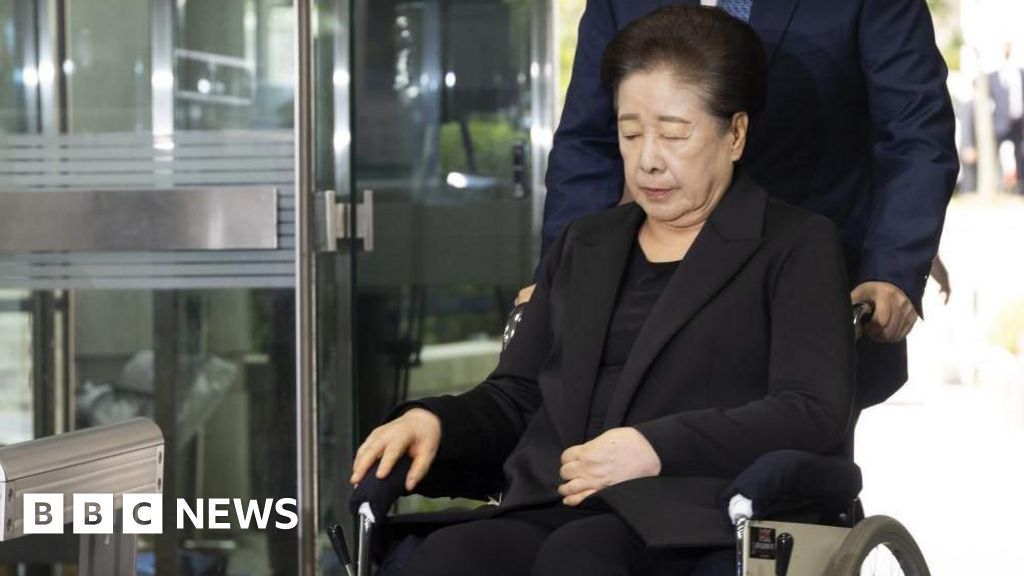Leader of Unification Church Arrested for Alleged Bribery

Introduction
The leader of the controversial Unification Church, Han Hak-ja, was arrested for allegedly bribing former South Korean first lady, Kim Keon Hee, with luxury gifts. This has caused a stir in the country and has raised questions about the church's practices and influence.
Background of the Unification Church
The Unification Church, also known as the "Moonies," was founded by Sun Myung Moon in 1954. The church has been criticized for its unorthodox beliefs and practices, including arranged marriages and mass weddings. It has also faced numerous allegations of fraud and brainwashing.
Controversial Bribes and Gifts
According to reports, Han Hak-ja allegedly gifted Kim Keon Hee with expensive watches, designer handbags, and other luxury items. This was in exchange for her support during a 2007 election, where the Unification Church was trying to gain political influence.
Impact on the Church and South Korea
The arrest of Han Hak-ja has caused a major scandal in South Korea and has further damaged the already controversial reputation of the Unification Church. It has also raised concerns about the influence of religious organizations in the country's political landscape.
Conclusion
The arrest of Han Hak-ja and the allegations of bribery
About the Organizations Mentioned
Unification Church
The Unification Church, formally known as the Holy Spirit Association for the Unification of World Christianity, is a religious movement founded in 1954 by Sun Myung Moon in Seoul, South Korea. Moon, who claimed to be the Messiah and the "Lord of the Second Advent," established the church to restore what he saw as a spiritual kingdom on Earth, emphasizing family, marriage, and a unique interpretation of Christian theology. Central to its teachings is the Divine Principle, a doctrine that Moon developed after a religious vision in his youth and which frames Original Sin as the misuse of love. From its origins in Korea, the Unification Church rapidly expanded, first across Asia and then to the West. By the 1970s, it had become a global movement, known for its mass wedding ceremonies, which united thousands of couples from diverse backgrounds in highly publicized events. These ceremonies, along with its emphasis on communal living and aggressive proselytizing, attracted both followers and controversy. The church’s influence extended beyond religion into business and media. Moon built a vast empire that included factories, newspapers (notably the Washington Times), and international organizations such as the Professor’s World Peace Academy and the International Conference on the Unity of the Sciences. These ventures positioned the church as a significant player in global affairs, though its blend of religion, politics, and business often sparked debate. Despite periods of intense criticism—including congressional hearings and Moon’s 1982 conviction for tax evasion—the Unification Church survived and evolved. Today, it operates in over 100 countries, with a presence in education, media, and peace initiatives. Its legacy is marked by its ambitious global outreach, innovative use of media and technology, and its enduring, if controversial, impact on both religious and secular landscapes.














